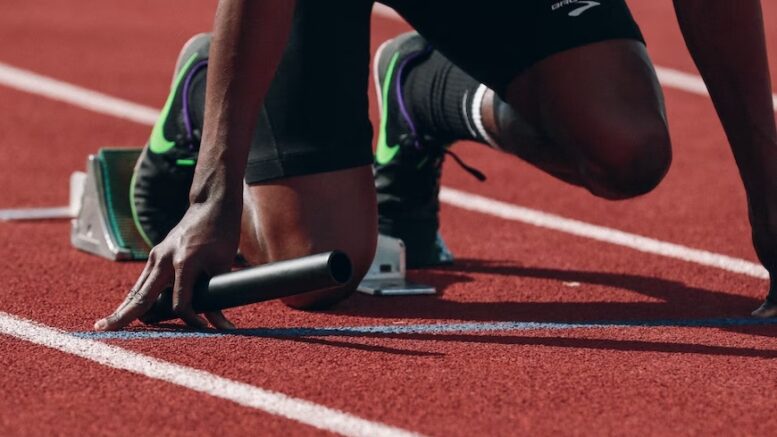Athletes of all levels often emphasize training hard and pushing limits, yet many overlook an equally critical fitness and wellness component: recovery. Proper recovery is essential to allow the body to repair, rebuild, and strengthen.
This guide will cover several fundamental and effective recovery strategies, ensuring your body gets the rest it needs to perform optimally.
Understand the Importance of Recovery
Recovery is vital to any fitness regimen because it allows the body to rest and replenish energy stores while repairing muscle tissues damaged during exercise. Not only does the risk of injury skyrocket without adequate recovery, but the body also misses out on the benefits of workouts, such as muscle growth and improved performance.
Furthermore, recovery is crucial for preventing burnout and maintaining a consistent training schedule.
Utilize Technology for Enhanced Recovery
One way to improve recovery is by using advanced tools like running gait analysis software, which helps identify biomechanical patterns that could be contributing to overuse injuries or inefficiencies in your training. By understanding these patterns, you can make informed decisions about your training and recovery processes, potentially reducing injury risk and enhancing overall performance.
Implement Stretching and Active Recovery Techniques
Active recovery, involving low-intensity exercise during the recovery phase, is a beneficial strategy. Activities like walking, yoga, and light cycling help increase blood flow to muscles, which aids in flushing out waste products and delivering nutrients needed for repair. Keeping the intensity very low is important to ensure the body recovers.
Moreover, regular stretching and mobility exercises are essential for restoring range of motion and reducing stiffness after workouts. Implementing dynamic stretches before activities and static stretching afterward can help maintain muscle elasticity and prevent injuries.
Master the Role of Nutrition and Sleep in Recovery
Proper nutrition plays a crucial role in recovery. Consuming a mix of carbohydrates and protein shortly after workouts can help replenish glycogen stores and aid in muscle repair. Staying hydrated is vital as water supports metabolic function and nutrient transfer.
On the other hand, Sleep is another powerful recovery tool. During sleep, the body undergoes profound healing processes, including muscle growth and repair and memory consolidation. To ensure adequate recovery, you should aim for 7-9 hours of quality sleep per night.
Try Massage and Foam Rolling
Massage and foam rolling are crucial tools in any athlete’s recovery arsenal. They directly
target muscle tightness and soreness by breaking down the knots within muscle fibers, often contributing to discomfort and limited mobility. These techniques facilitate increased blood circulation and accelerate the removal of metabolic waste accumulated during intense workouts.
Consistent application enhances flexibility and range of motion, making it an indispensable practice if you aim for peak performance and quicker recovery times.
Use Cold and Heat Therapies
Cold and heat therapies are essential for effectively managing your body’s response to physical stress. Cold therapy, such as ice baths, cold wraps, or localized ice pack applications, reduces inflammation and numbs acute pain, especially after rigorous exercise.
On the other hand, heat therapy—achieved through heating pads, warm baths, or steam therapy—increases blood flow, which helps to relax and loosen stiff muscles and joints. Properly alternating between these therapies can reduce recovery time and alleviate muscle and joint pain, enabling more consistent training.
Embrace Mental Recovery Techniques
Recovery transcends the physical, extending into the mental and emotional realms. Employing mental recovery techniques like meditation, mindfulness, and scheduled leisure time can significantly mitigate stress levels, enhancing overall well-being. These practices can help develop a stronger focus, better pain management, and greater emotional resilience, which are crucial for long-term athletic performance.
Integrating these mental exercises into regular training routines can also lead to improved concentration, reduced burnout, and a more balanced approach to fitness and health.
Have Scheduled Rest Days
Scheduled rest days are pivotal in any training schedule, providing crucial downtime for the body and mind. These breaks allow for complete recovery from the physiological and psychological stresses of training. They can also prevent overtraining syndrome, characterized by persistent fatigue, decreased performance, and heightened risk of injuries resulting from continuous exercise without sufficient rest.
By strategically planning rest days, you can maintain a higher level of performance, ensure sustainable training, and reduce the likelihood of injury and mental fatigue.
Takeaway
Recovery should be regarded as an integral part of your training regimen, not an afterthought. By following the tips mentioned above, you can enhance your performance, prevent injuries, and ensure longevity in your athletic endeavors. Remember, when it comes to training, more isn’t always better—sometimes, it’s all about how well you bounce back.
